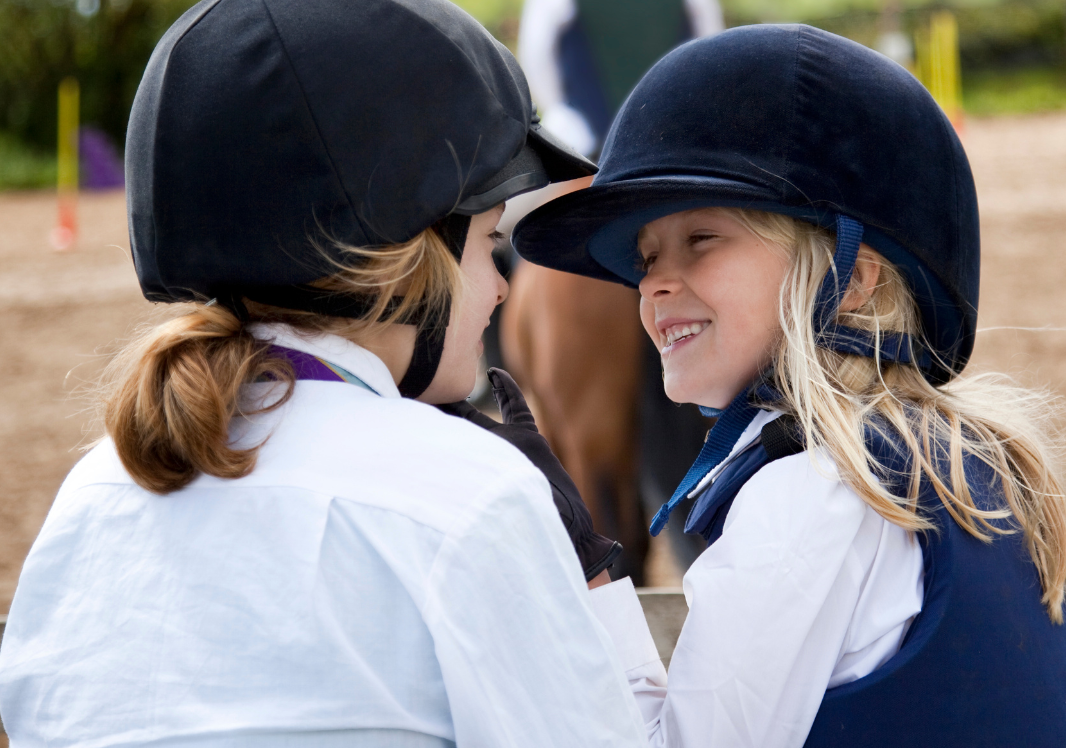Horses are active creatures, and therefore prone to suffering wounds. As a horse owner you need to know how to deal with an equine wound even if it is small and relatively inconspicuous. Even a small puncture could escalate into an infected area that could have serious consequences.
Horses come into contact with potentially wounding objects like fences, gates, farm implements, and even natural hazards like thorns and branches.
Be clued up on horse first aid ... it may save his life!
Most Common Equine Wounds
- A puncture wound can barely show on the surface, but there is the danger of contamination in the depth of the wound, even if the skin heals over it.
- An incised or sliced wound might have smooth, clean looking edges and will need disinfecting and suturing.
- A laceration can be messy, leaving jagged edges with soft tissue damage and potential infection underneath. There may be a foreign object embedded that needs removing.
- An abrasion is more minor, but still needs cleaning and treating to prevent infection.
What to do when your horse sustains a wound
Firstly when you become aware of an equine wound you need to assess it. If your horse is out in the field, or is wounded while on a ride, bring him into the yard on a clean, hard, surface as soon as possible. The idea is to keep him calm, away from contamination, and assess the severity of the wound safely.
Ideally you need someone to help you ... to hold him, manage him and talk to him while you assess the damage.
An up to date and properly equipped equine first aid kit (see below) will be the first line of defence for an equine wound.
You will need to decide whether the wound is serious enough to require veterinary attention, but if you're in any doubt about your ability to assess or handle the wound, call the vet anyway, particularly if there is a great deal of bleeding. This wound required staples:

First steps to dealing with an equine wound
First wash the wound with sterile cold water. Use a mild antiseptic as long as the wound is not deep, but a sterile saline solution is probably best if you have to wash away any visible debris. If necessary and you can do it gently and safely clip the hair around the wound. If the wound is very deep or large you'll need a vet to suture it.
If the wound is minor, and the horse isn't lame, put on a sterile dressing. Don't dress the wound too tightly so as to constrict the blood supply, or too loose so that it may become detached.
When to call the Vet
The rule of thumb is call the vet if the wound is large, deep, or bleeding a lot - also if the eye is injured, or something has penetrated the sole of the hoof.
You'll also need professional help if the wound is close to a joint or tendon sheath, no matter how small it is. If this is the case and there is a clear fluid coming from the wound it is especially urgent to involve a vet because this could be leaking synovial fluid.
If the horse has been kicked on the legs there could be a bone fracture, so get the vet to check. Lameness is also a reason to seek help, and if you think you're managing the wound but it fails to heal or worsens within a reasonable time, don't hesitate to call the vet.
Essential Equipment for your First Aid Box
Keep your first aid box up to date with unexpired medications and equipment, so its ready to do duty in the event of an emergency. Some of the essentials we recommend keeping on hand, besides the basics included in a commercially available first aid kit, are:
- A torch with working batteries for dark nights or dim stables.
- A rectal digital thermometer with a lubricant to help insert it.
- Stethoscope to listen to heart and gut sounds.
- Latex gloves to prevent infection.
- Bandage scissors with rounded ends.
- Tweezers for removing foreign bodies.
- A sharp pocket knife and wire cutters to free horses that are trapped in fences/cross ties/trailers etc.
- Cold packs for reducing swelling.
- Clean bucket for soaking hooves or washing wounds.
- A clean towel for wound compression or drying wound areas.
- Antiseptic for cleaning wounds.
- Antiseptic wound cream, powder or spray.
- Sterile swabs for sound cleaning.
- Saline solution for flushing wunds.
- Bandages and sterile gauze squares.
Remember no matter how well-equipped you are for dealing with equine wounds yourself you should cause the vet if you notice anything untoward like lameness, excessive bleeding, breathing problems or puffy eyes. A phone call if you're in doubt is highly recommended.
TOTALLY TACK STOCKS EVERYTHING YOU NEED TO BE READY FOR AN EMERGENCY WOUND WITH YOUR HORSE. WE'LL HELP YOU PUT TOGETHER A FIRST AID KIT PAR EXCELLENCE SO YOU'LL BE READY FOR ANYTHING!



